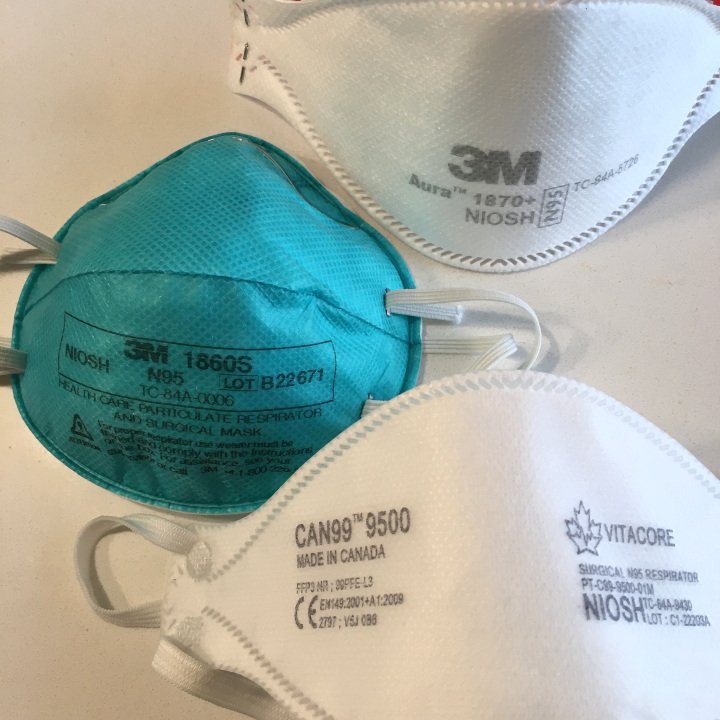Researchers are warning that Ontario’s decision to shut down its wastewater surveillance program that proved crucial in tracking COVID-19 will limit the province’s ability to rapidly respond to infectious disease threats, including new COVID variants, respiratory viruses and bird flu.
A key member of the waterwater surveillance program says Ontario has been a “world leader and now we’ll probably be one of the passengers” by the scale-back that will also stifle research.
Cancelling the provincial surveillance system — the largest in Canada — will drastically reduce the number of testing sites in the province, experts say. They also caution that shuttering the program will mean that monitoring may no longer take place in smaller communities and in rural and northern areas, potentially missing vulnerable populations.
Robert Delatolla, a civil engineering professor at the University of Ottawa, said he’s been told the Public Health Agency of Canada is planning to conduct wastewater testing in five cities in Ontario, with a possible total of nine testing sites.
Currently, the provincial program, operating since January 2021, has 58 sites located in large cities, smaller municipalities and rural communities, including First Nations communities, said Delatolla, one of the surveillance system’s early leaders. He noted the locations track wastewater for about 80 per cent of the population.
“The overarching question is: Is the PHAC (the Public Health Agency of Canada) well-positioned to answer the question of pandemic preparedness with only five locations in Ontario? No, I don’t believe so.”
The province alerted researchers and public health officials last week that Ontario’s wastewater surveillance program, funded by the Ministry of Environment, Conservation and Parks, would end on July 31. A provincial official told the Star that Ontario is “winding down” its surveillance program to “avoid duplication” with a federal program.
The Public Health Agency of Canada (PHAC) told the Star late Wednesday that it currently performs testing at four wastewater treatment plants in Toronto and that, working in collaboration with Statistics Canada, the program will expand in Ontario “with the aim to establish federal testing in four additional cities.”
Delatolla said the location of the additional testing sites in Ontario have not yet been made public.
Anna Maddison, a PHAC spokesperson, said the agency and Statistics Canada “are collaborating with Ontario partners to determine testing locations and implement testing ahead of the next influenza season.”
She said the pan-Canadian wastewater surveillance network — a collaboration involving PHAC, other federal departments, provincial, territorial and municipal governments and academic researchers — monitors the spread of diseases “to inform public health action and decision-making.” Currently, the network tests for COVID, influenza A and B and RSV, and Maddison said the national wastewater monitoring dashboard “will continue to be expanded to provide improved data to people in Canada.”
Ontario’s Environment Ministry did not respond to the Star’s questions regarding its decision to cancel the provincial wastewater surveillance system by deadline.
Delatolla said the provincial program provided wastewater surveillance data directly to the province’s 34 public health units, as well as other “end users,” including the Ministry of Health and hospital leaders.
In a statement to the Star, Toronto Public Health (TPH) said it has been “made aware” of the provincial government’s decision to end the wastewater surveillance system.
“At this stage of the transition, TPH is still assessing this decision’s impact on our wastewater surveillance reporting,” said spokesperson Chris Wai, noting the public health unit monitors COVID and influenza A and B in the community “using various data sources, one of which is wastewater surveillance.”
A 2023 scientific report from the Ontario Public Health Emergencies Science Advisory Committee (OPHESAC), which provides advice to Public Health Ontario, provided a number of recommendations to strengthen the province’s respiratory viral surveillance system. This included that the province “continue wastewater-based surveillance for SARS-CoV-2, and evaluate its role for influenza and RSV, for early virus detection.”
In an emailed statement to the Star, Public Health Ontario said OPHESAC stands by its 2023 report and that “the expansion of the federal wastewater program will support the ongoing analysis of Ontario-specific wastewater data.”
Steve Hrudey, professor emeritus at the University of Alberta and co-author of a 2022 Royal Society of Canada report on wastewater surveillance, said in an email that such testing programs have been a “very cost-effective public health initiative in Canada.”
He said while he cannot comment on specifics of the Ontario decision, a key consideration is whether there remains a co-ordinated plan to ensure the provincial network “can be ramped up quickly when (there is no if) the next pandemic arrives.”
“The commitment of PHAC to this is obviously a key element,” Hrudey said.
Mark Servos, a professor at the University of Waterloo and key member of Ontario’s wastewater testing program, said ending the provincial surveillance system will stifle research in using wastewater testing to track other public health risks, such as the opioid crisis.
He called the province a “world leader” in wastewater surveillance and said the network of 13 academic institutions that power the program, and which have been collaborating on testing methods, will now be forced to scale back their research.
“We won’t be on that accelerated path; Ontario was essentially a world leader and now we’ll probably be one of the passengers,” said Servos, a Canada Research Chair in Water Quality Protection.
